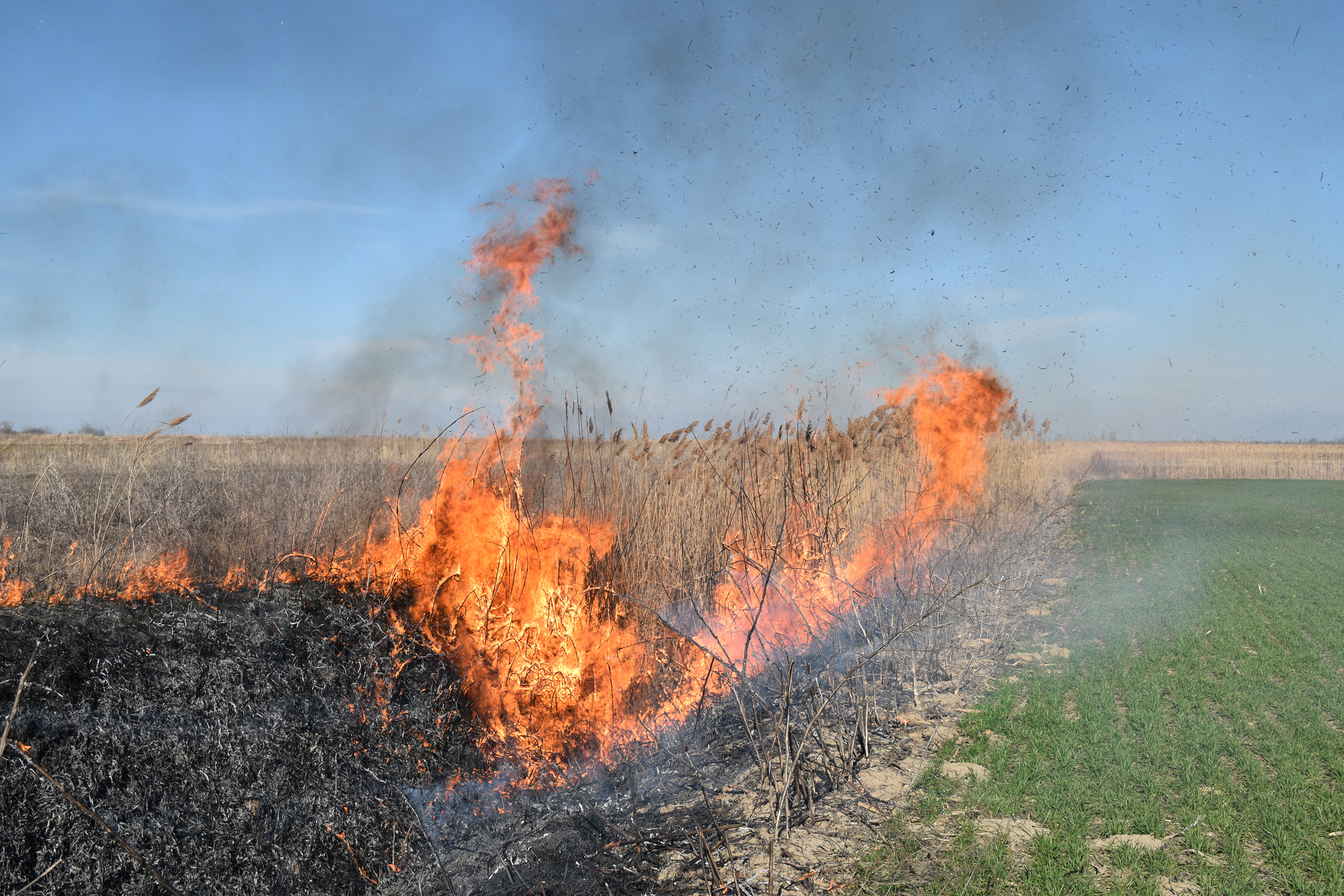It is a classic case of carrot and stick. Only, the stick seems more appealing than the carrot. Today marks the last day for harvesting paddy in Haryana and the first day of the small window that farmers get to prepare the field for sowing the next crop. Fines have already been imposed in more than 40 cases of illegal crop burning in the state. The number is much higher — more than 400 — in neighbouring Punjab. But the fine, farmers argue, is a small price to pay compared to the cost of the mechanization required to remove stubble without burning it. Ironically, this year, the Centre announced an agricultural mechanization scheme that subsidizes equipment required for on-site management of crop residue with a total fund of Rs 1,152 crore. However, like most other policies on agriculture, the scale on paper is not matched by comprehensive measures to ensure proper implementation on the ground. First, the price of the machines in question has risen owing to the sudden increase in demand since fines have been imposed on crop burning. Then, the subsidy provided by the government is in the form of reimbursement after the farmers have bought the machines at the full price. Where will small- and medium-scale farmers get the requisite funds? Reimbursements, farmers allege, are also sporadic. There are associated risks: the cost of investing in machines that are in use for just a month but require upkeep throughout the year is considerable, especially in states like Punjab and Haryana where one of the main causes of agrarian debt is mechanization. The problem has been further compounded by the fact that many farmers remain unaware of the subsidy, the dangers of crop burning and the benefits of investing in technology to mitigate stubble burning.
The problem, however, goes deeper than myopic policies and harsh deterrents. Policy interventions — often guided by political imperatives — are seldom thought through. Loan waivers and subsidies, for instance, treat the symptoms but not the disease. The challenges of putting a stop to crop burning lie elsewhere. The excessive dependence on paddy — a crop that leaves behind a significant amount of stubble — in Punjab and Haryana is one hurdle. The Centre does not incentivize crop diversification for fear of affecting national food security schemes that rely on staples such as rice and wheat. Perhaps, one way of confronting crop burning could be to reimagine the idea of staples, encouraging farmers to grow produce that does not contribute to pollution during harvest.










